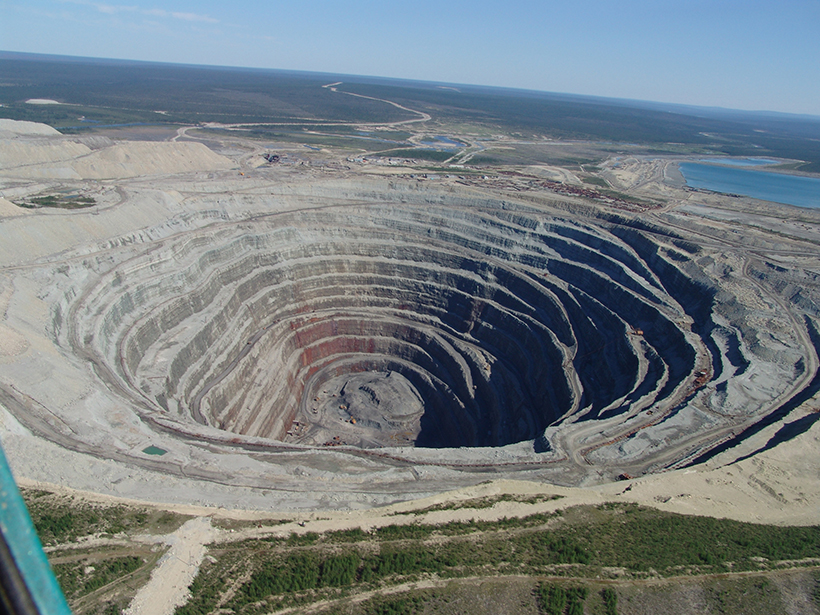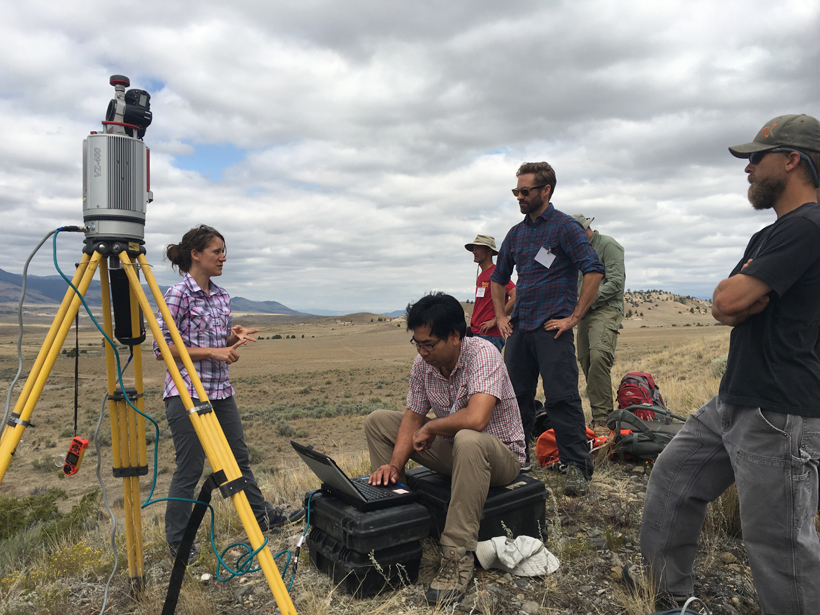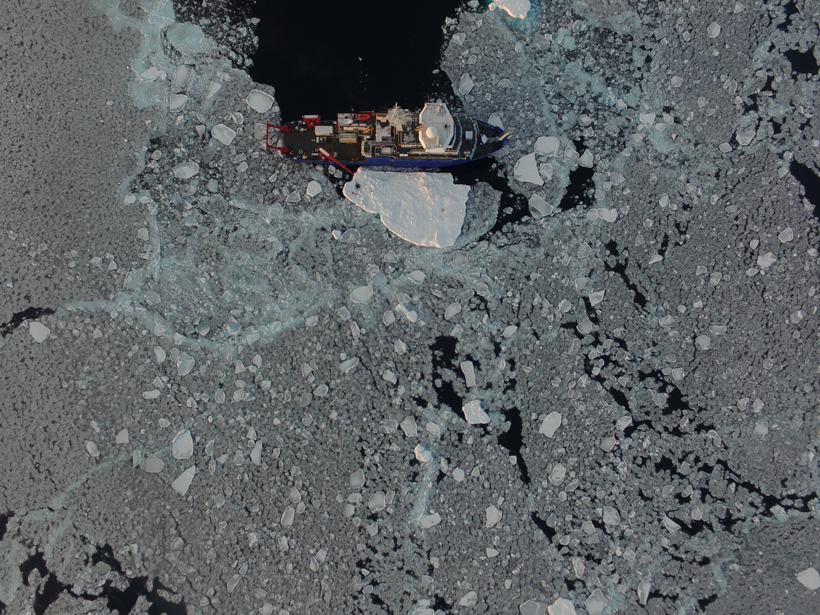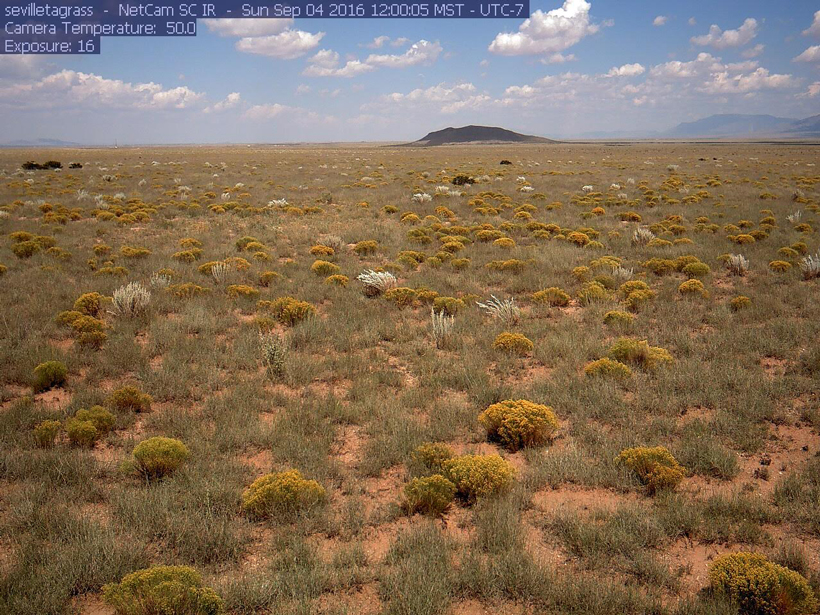A rich trove of marine geophysical data acquired in the search for missing flight MH370 is yielding knowledge of ocean floor processes at a level of detail rare in the deep ocean.
Science Updates
Cities Smarten Up and Go Green
CIENS Urban Conference 2016: Smart and Green Cities – For Whom?; Oslo, Norway, 13 October 2016
Saving Our Marine Archives
A concerted effort has begun to gather and preserve archives of marine samples and descriptive data, giving scientists ready access to insights on ancient environments.
Synthesizing Our Understanding of Earth's Deep Carbon
The Deep Carbon Observatory is entering a new phase, in which it will integrate 10 years of discoveries into an overarching model to benefit the scientific community and a wider public.
Integrating Topographic Imaging into Geoscience Field Courses
Using TLS and Structure from Motion (SfM) Photogrammetry in Undergraduate Field Education; Cardwell, Montana, 16–19 August 2016
Tackling Unanswered Questions on What Shapes Earth
Origin and Evolution of Plate Tectonics; Ascona, Switzerland, 18–22 July 2016
International Effort Tackles Landslide Hazards to Keep the Peace
Earth scientists work with the North Atlantic Treaty Organization to help keep a border-straddling hydroelectric power plant on the Black Sea coast safe from landslides.
The Balance of Ice, Waves, and Winds in the Arctic Autumn
Although summer sea ice loss in the Arctic is well studied, less is known about how ice comes back in autumn. A new program is changing that.
Integrating Multiscale Seasonal Data for Resource Management
Workshop on Phenology at Scales from Individual Plants to Satellite Pixels; Cambridge, Massachusetts, 21–23 June 2016
Understanding Causes and Effects of Rapid Warming in the Arctic
A new German research consortium is investigating why near-surface air temperatures in the Arctic are rising more quickly than in the rest of the world.










